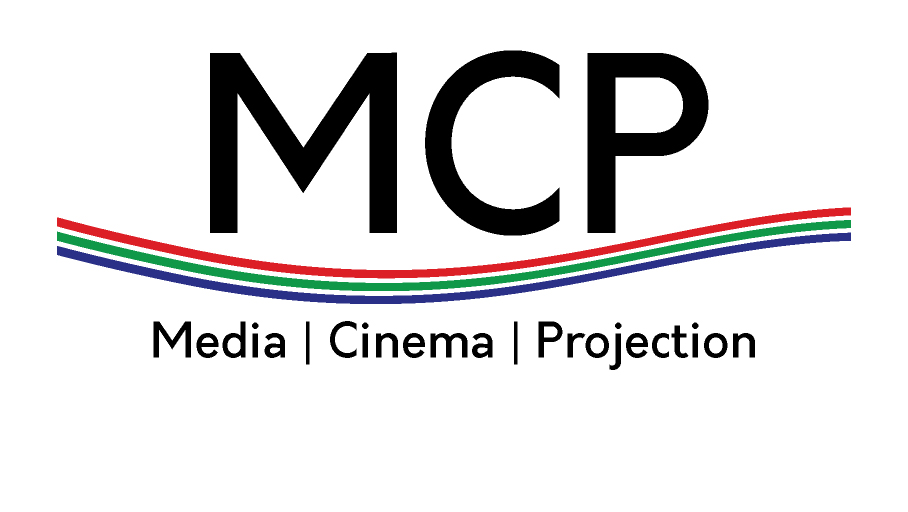Introduction
 When cinemas first started they did not have the long play capabilities which they do now. Instead they used two separate projectors and changed between the two for each reel i.e. all the odd reels would be shown on projector one and all the evens on projector two. This meant that while one reel was playing the next was being laced up and got ready. These days it tends to be mainly preview theatres and art house cinemas which still run with changeovers as they are more labour intensive than the modern systems of platters and towers. Useing to projectors are particuarly useful for frequent programme changes i.e one or two showings of each film with a quick turn around, but where there is only one or two screens as they are labour intensive.
When cinemas first started they did not have the long play capabilities which they do now. Instead they used two separate projectors and changed between the two for each reel i.e. all the odd reels would be shown on projector one and all the evens on projector two. This meant that while one reel was playing the next was being laced up and got ready. These days it tends to be mainly preview theatres and art house cinemas which still run with changeovers as they are more labour intensive than the modern systems of platters and towers. Useing to projectors are particuarly useful for frequent programme changes i.e one or two showings of each film with a quick turn around, but where there is only one or two screens as they are labour intensive.
How it Works
The projection box has two projectors set up in the same way looking at the screen. Near to the end of the film (12’ from the last frame of the reel) there is a motor dot. This is the signal for the projectionist to start the projector up and get it up to speed. Then about 2’ from the end there is a second set of dots which are the changeover dot. When the projectionist sees these he presses the changeover switch and sound button. This operation changes the control to the new projector.
Cue Dots
Cue dots are a set of four dots on sequential frames at a set interval from the end of each reel which tells the projectionist to either start the projector up or to do the changeover. The cue dots can appear in a number of different forms and sometimes require the projectionist to include them him/her self. They can be seen in the top right hand side of the picture.
Related links Film-Center changeovers
